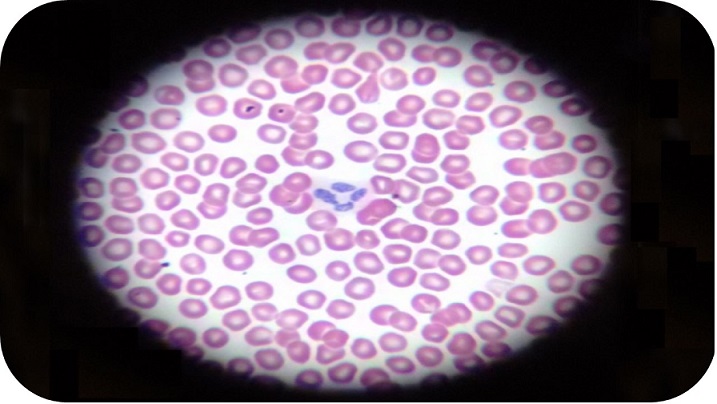Microscopio simple. Mucho más que una simple lupa

Downloads
- PDF (Español (España)) 4604
- EPUB (Español (España)) 141
- VISOR (Español (España))
- MÓVIL (Español (España))
DOI
https://doi.org/10.25267/Rev_Eureka_ensen_divulg_cienc.2019.v16.i2.2401Info
Abstract
Resumen: El microscopio simple fue durante mucho tiempo el mejor instrumento con que se contó para escudriñar el mundo microscópico. Su calidad es superior a la que se le atribuye normalmente y permite observar casi todas las estructuras y orgánulos que se ven con un moderno microscopio compuesto. Se explicará la forma de construir un potente microscopio simple con más de 400 aumentos, usando una microesfera de vidrio.
Palabras clave: Microscopio simple; Lupa; Lente de bola o esférica; Distancia focal; Aumento; Resolución.
Simple microscope: much more than a simple magnifying glass
Abstract: The simple microscope was for a long time the best instrument to scrutinize the microscopic world. Its quality is greater than what is usually assumed and it allows the observation of almost all structures that are seen with a modern compound microscope. We will explain how to build a powerful simple microscope with more than 400 magnification, using a microsphere lens.
Keywords: Simple microscope; Magnifying glass; Ball lens; Focal length; Magnification; Resolution.
Downloads
How to Cite
License
Copyright (c) 2019 Los/as autores/as pueden mantener el copyright, concediendo a la revista el derecho de primera publicación. Alternativamente, las/os autoras/es puede transferir el copyright a la revista, la cual permitirá a las/os autoras/es el uso no-comercial del trabajo, incluyendo el derecho a colocarlo en un archivo de acceso libre. Además, se puede consultar Creative Commons sobre licencias de copyright flexibles.

This work is licensed under a Creative Commons Attribution-NonCommercial 4.0 International License.
Require authors to agree to Copyright Notice as part of the submission process. This allow the / o authors / is non-commercial use of the work, including the right to place it in an open access archive. In addition, Creative Commons is available on flexible copyright licenses (Creative Commons).

Reconocimiento-NoComercial
CC BY-NC
References
Brown R. (1828) A brief Account of Microscopical Observations made in the Months of June, July, and August, 1827, on the Particles contained in the Pollen of Plants; and on the general Existence of active Molecules in Organic and Inorganic Bodies. The Philosophical Magazine and Annals of Philosophy 4(21), 161-173
Cybulski J. S., Clements J., Prakash M. (2014) Foldscope: Origami-Based Paper Microscope. PLoS ONE 9(6), e98781.
Del Mazo A. (2018) Microscopio simple (vídeo en YouTube).
Dobell C. (1932) Antony van Leeuwenhoek and his “Little animals”. New York: Harcourt, Brace and Company.
Ford B. (1985) Single Lens: The Story of the Simple Microscope. New York: Harper & Row.
Hecht E. (2000) Óptica. Madrid: Addison Wesley Iberoamericana.
Hooke R. (1989) Micrografía. Madrid: Alfaguara.
Robertson L. A. (2015) Van Leeuwenhoek microscopes – where are they now? FEMS Microbiology Letters 362(9), fnv056.
Snyder L. (2017) El ojo del observador. Johannes Vermeer, Antoni van Leeuwenhoek y la reinvención de la mirada. Barcelona: Acantilado
Stafford B., Terpak F., Poggi I. (2001) Devices of Wonder: From the World in a Box to Images on a Screen. Los Ángeles: Getty Research Institute.
Zuylen J. (1981) The microscopes of Antoni van Leeuwenhoek. Journal of Microscopy 121(3), 309-328.





